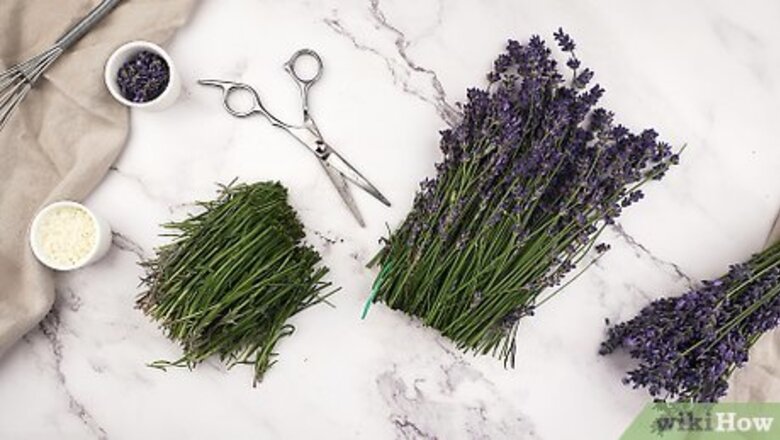
views
X
Trustworthy Source
Cleveland Clinic
Educational website from one of the world's leading hospitals
Go to source
That’s why we’re here to teach you to make lavender-infused oil at home. Plus, we’ll explain how to turn that oil into a salve or balm and also walk you through an easy lavender room spray recipe, too! Trying to make lavender essential oil instead? That process is pretty complex and requires commercial equipment, but can be done with our helpful guide.
Lavender-Infused Oil
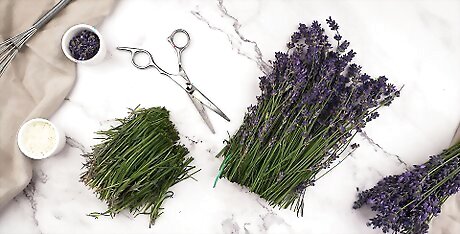
Dry fresh lavender or purchase dried lavender. If you’re growing lavender in your garden, cut the stems so they’re 6 inches (15 cm) or longer. You’ll be able to use the entire sprig, including the flowers, to infuse the oil. Avoid using the thick, woody stems near the base of the plant, though. Pick the flowers just before they’re about to open. Alternatively, buy dried lavender to make your oil. You can use any kind of lavender to make infused oil, including English, French, or Spanish. To dry lavender, tie the sprigs with rubber bands or a string and let them hang upside down in a dry, warm area for up to 2 weeks. Keep them out of the sun, which will cause oxidation and decrease the potency.

Fill a jar with the lavender. Use a clean, dry, dark-colored glass jar. Add enough lavender to fill the jar, leaving about 1 inch (2.5 cm) of space at the top. Crumbling the lavender first or bruising it with a clean, heavy object may expose the fragrance better.

Pour oil over the flowers. Choose any oil you like, but be aware that strongly scented oils could overpower the lavender. Popular options include jojoba, extra-virgin olive, safflower, coconut, apricot kernel, and sweet almond oil. Completely cover the lavender with oil so all of the stems and flowers are submerged. Choose a shelf-stable oil so your lavender oil lasts as long as possible. Here’s how long different oils last: Jojoba oil: 3 years Olive oil: 2 years Safflower oil: 1 year Coconut oil: 1 year Sweet almond oil: 6 months to 1 year Apricot kernel oil: 6 months to 1 year

Place the jar in a sunny window for 2 weeks for a slow infusion. Secure the lid tightly, then shake the jar. Set it on a windowsill that gets plenty of light and warmth. Allow the lavender to steep and infuse the oil. Every day, shake the jar to help the process along. If you’re using a clear glass jar, place it in a paper bag to protect it from the sunlight.

Heat the oil in a pan of water for a fast infusion. If you don’t want to wait for the oil to infuse, you can heat it up. Fill a pan with a few inches of water and place the closed jar in the water. Set the burner to low and let the jar warm for a few hours. Add more water as it evaporates to avoid heating a dry pan.
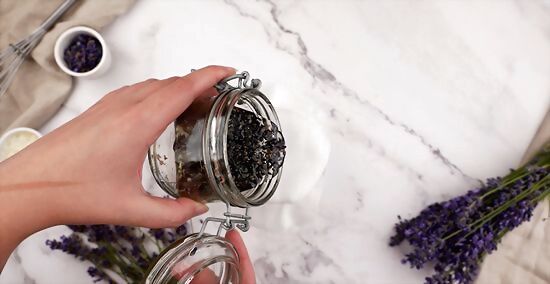
Strain the oil. Whether you let the oil infuse naturally or heated it, the next step is to strain out the flowers and stems. Lay a piece of muslin or cheesecloth over a funnel on top of a glass measuring cup or jar and carefully pour the oil and herb mix over it. Discard the flowers and other lavender pieces in the compost or garden. If your oil isn’t strong enough, repeat the process using the same oil and more lavender sprigs. If you chose an oil with a short shelf life, add a few drops of vitamin E oil to the mixture and stir it in to increase the shelf life.

Store your oil in a cool, dry location. Gather up the muslin and squeeze the material to extract as much oil as you can over the measuring cup or jar. If needed, transfer the oil to the container you wish to store it in. For best results, use a dark-colored glass jar. Label your jar and place it in a cupboard or cabinet away from heat and light.

Use the oil on your skin or in beauty products. Lavender has many benefits. It supports sleep, reduces pain and inflammation, and helps with mood, anxiety, and depression. Rub the oil into your skin as a body or massage oil. Or, use it to create a body scrub, to condition your hair, or even wash your face.
Lavender Balm or Salve

Create lavender-infused oil first. You’ll use lavender-infused oil to create a DIY salve to soothe your skin. So, follow the recipe above to create your oil before moving onto the next step.
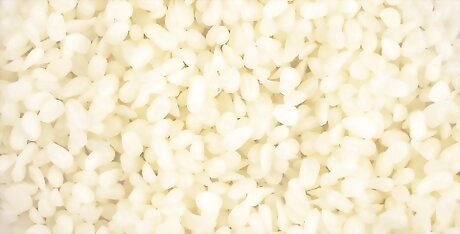
Shave beeswax using a knife or cheese grater. Use a cheap, extra grater rather than one you use regularly, because the wax may be difficult to clean off. Use about 0.5 oz (15 g) of beeswax, or half that much candelilla wax for a vegan option.

Heat the beeswax and oil over low heat. Fill a pan with a few inches of water. Place the beeswax fragments and the lavender-infused oil in a clean, dry glass jar. Set the jar in the water and heat it over medium-low until the wax is fully melted. Stir it to fully incorporate the ingredients.

Pour the mixture into containers. Turn off the burner and remove the pan from the heat. If you’d like, you can add a few drops of lavender essential oil to the mixture to intensify the aroma. Carefully pour the melted balm into glass or tin containers, making sure they are clean and dry first. Seal them with an airtight lid. Depending on the type of oil you used, your DIY lavender balm will last 6 months to 2 years.
Lavender Spray
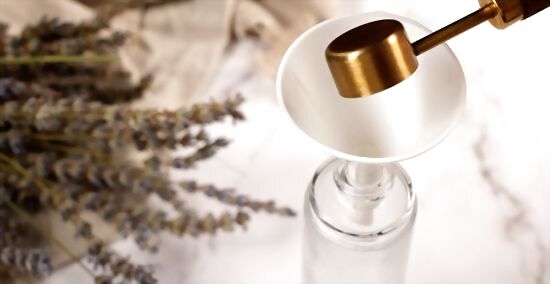
Add witch hazel, vodka, or rubbing alcohol to a small glass spray bottle. Use 1 teaspoon (4.9 mL) of either witch hazel, vodka, or rubbing alcohol. Pour it through a funnel into a 2 fl oz (59 mL) glass spray bottle. The alcohol or witch hazel helps the water evaporate faster.
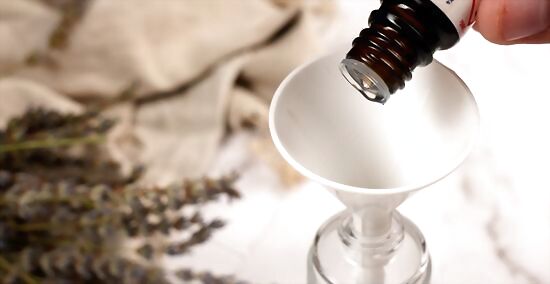
Put 30 drops of lavender essential oil into the bottle. Use fewer drops for a lighter scent or more drops for a stronger scent.
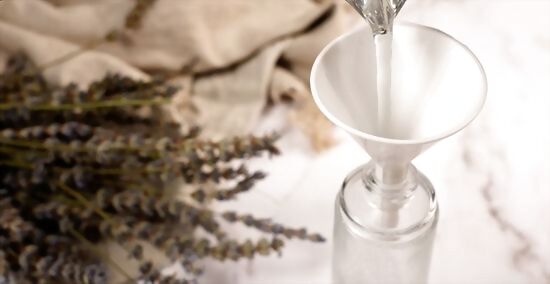
Fill the rest of the bottle with distilled water. Use distilled water instead of tap water so it doesn’t contain any minerals or contaminants.

Enjoy your spray. Put the spray cap on the bottle. Shake it to mix up the ingredients. That’s it! Now you can spray it in the air or on your linens. Lavender has a calming scent that can help you relax. This simple room spray also makes a great gift.














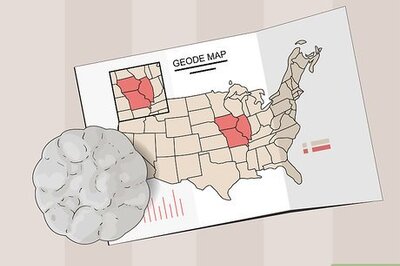

Comments
0 comment